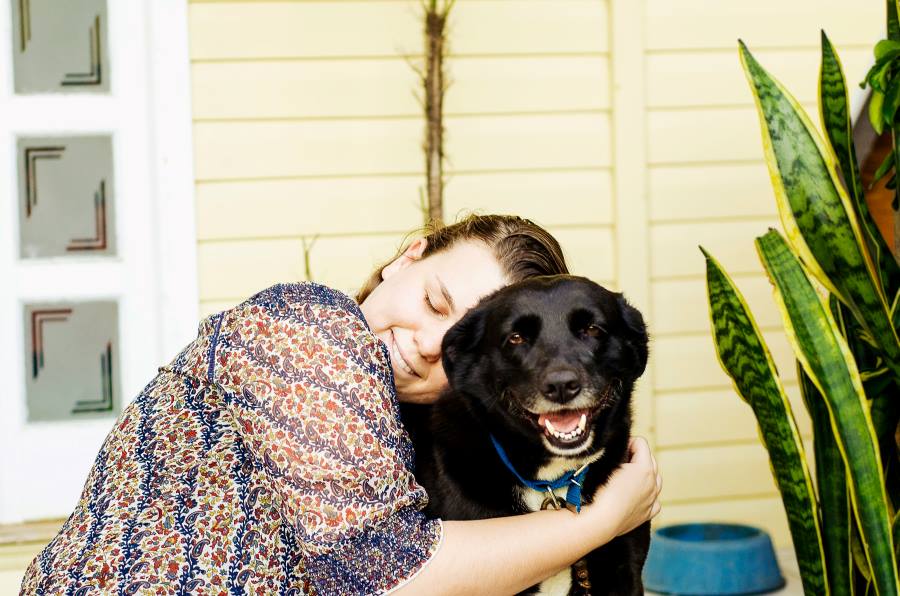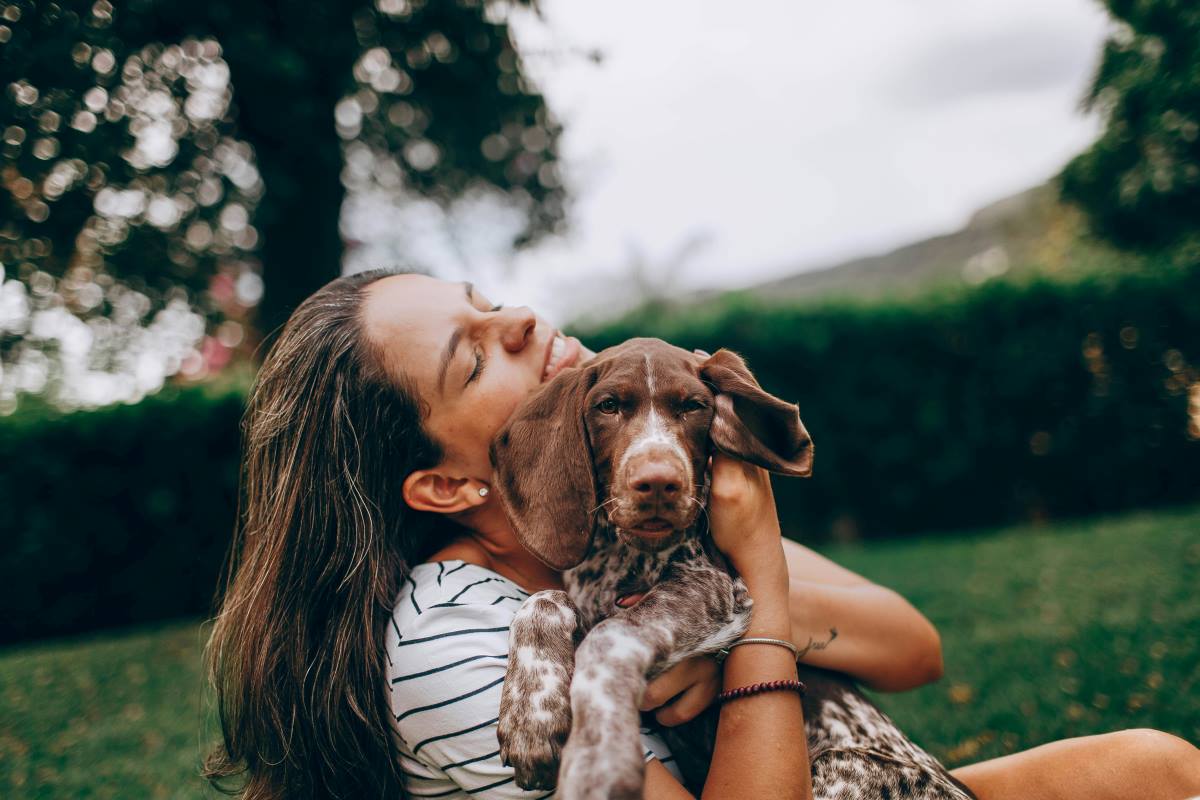Move beyond simple pats and scratches to forge a stronger bond with your furry friend. Secretly communicate with your dog by paying attention to their unique preferences, such as gentle ear nuzzling and soothing chest massages.
Observe how your connection deepens, evident in their contented sighs and wagging tails. The language of their love is hidden behind the surface of affection, and by understanding these subtle cues, Where Do Dogs Like To Be Pet? You can enhance the joy and closeness you share with your canine companion.
You are going to love this fascinating adventure as we delve into the subtler aspects of petting and emphasize the little things that have a significant impact on how your dog perceives your touch.
Come along on this adventure to learn about your dog’s preferences, acquire the necessary skills, and uncover six locations where your dog enjoys receiving petting that goes beyond simple strokes. If you have ever wondered, “Where do dogs like to be pet?” you are going to be in for a treat.
Understanding Your Dog’s Preferences: Where Do Dogs Like To Be Pet? A Comprehensive Guide
Discover the world of your pet’s preferences to learn the key to a stronger bond between you two. The secret to a happier connection is to find out what your dog enjoys doing, be it a simple ear scratch or a calming chest massage. You may learn to interpret the unique language of attachment, which strengthens your bond and adds joy to every moment, if you closely observe these signs.
Dog Licks Me When I Pet Him: Why Does My Dog Lick Me?
Ever wonder why, when you pet them, your dog lavishes you with loving licks? Dog licking is a sign of comfort and satisfaction, and it conveys affection and trust. Find out more about the different causes of this cute behavior.
Where to Pet a Dog to Calm Them Down: Calming Techniques
Find the magical locations that can instantly soothe your pet. Learn useful methods to help your dog unwind and find calm, from soft neck rubs to delicate chest strokes.
Should You Pet Your Dog While Sleeping: The Sleep Factor
Dogs can tolerate being stroked while they sleep, but knowing when and where to do it is essential to ensure a restful night’s sleep. Learn the right and wrong ways to pet your dog when they are asleep.
Proper techniques for petting:
Decoding Canine Communication
Explore the world of dog communication as we delve into the reasons for your dog’s peculiar licking activity when you are touching them. Gain a deeper comprehension of your dog’s emotions by learning to decipher these signals.
Best Places to Massage Your Dog: A Guide to Relaxation
Massage is not limited to human use! Find out where to massage your dog to help them relax and relieve stress. Learn how the power of touch may improve your dog’s health, from the shoulders to the base of the tail.
Do Dogs Like Being Patted on the Head: Head Patting Etiquette
While head rubbing is a typical way to show attention to a dog, is it appreciated by all dogs? Examine the subtleties of head-patting manners and determine whether your dog enjoys receiving head pats or whether there are other methods to show your affection.
Areas to avoid:
Why do dogs like to be petted on the head? Understanding Preferences
While some dogs enjoy head pats, others may not be as thrilled. Uncover the reasons why dogs may or may not like being petted on the head, and explore alternative areas that are sure to delight your furry friend.
Do Dogs Like Hugs: Navigating Canine Comfort

Hugging is a human expression of love, but not all dogs appreciate it. Learn about the subtle signs that indicate whether your dog enjoys hugs or if they prefer different forms of physical affection.
Expert Tips:
Expert Tips
| Insider Insights | Gain advice from canine experts who understand petting nuances. |
|---|---|
| Refine Your Technique | Learn tips and tricks to enhance your petting technique for both parties. |
| Body Language Awareness | Understand subtle cues in your dog’s body language during petting. |
| Consent Matters | Recognize the importance of obtaining your dog’s consent before petting. |
| Variety in Touch | Explore different petting methods catering to various preferences. |
| Tailored Approaches | Customize your approach based on your individual dog’s needs and preferences. |
| Communication Enhancement | Strengthen communication with your dog through mindful petting. |
| Well-Being Considerations | Receive guidance on promoting your dog’s overall well-being through petting. |
| Safety Measures | Understand expert-recommended safety measures for a positive petting experience. |
| Positive Reinforcement | Explore techniques using positive reinforcement during petting for behavior reinforcement. |
Understanding Canine Signals:
Have you ever pondered what your pet is attempting to communicate to you through body language, barking, and tail wags? From the field of dog signal interpretation, greetings!
Dogs use their body language, facial expressions, and gestures as ways to communicate with you. You may interpret their messages by observing these signs.
They have excellent ways of expressing their feelings and desires through their cues, which can range from their heads tilted inquisitively to their tails wagging with excitement.
Come talk about how to get the most out of your connection with your dog by learning the meaning behind their indications and making sure you are always aware of their sentiments. Prepare to communicate with your dog in his native tongue!
Ensuring Comfort and Trust:
Strong bonds are built on comfort and trust between you and your dog. It is critical to comprehend your pet’s demands and preferences in order to make sure they feel safe and comfortable.
This section will help you create a trusting environment, from giving them space to sleep to not doing anything that could agitate them.
Discover how to read cues that indicate contentment and calm to make sure your dog feels valued and appreciated.
Come along with us as we establish a safe refuge where your dog feels appreciated and understood, not just at home. It is crucial to fortify the basis of your bond by putting your dog’s comfort first and developing mutual trust.
Conclusion:
Love is like dancing; thus, it matters how we dance with our animal partners. We have discussed how to brush our pets gently and getting to know their preferences.
It goes without saying that knowing how each partner expresses their unique type of love is the key to a great relationship. Our dogs use licks, nuzzles, and tail wags as ways of communicating with us.
They may also choose the ideal spot for a pet or respond to gentle touches that reassure them. Even though every dog is unique, the sincere link we have with them through considerate engagement unites them all. The lovely thing is that your dog can enjoy spending time with you, massaging you, or simply.
